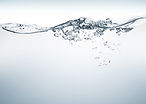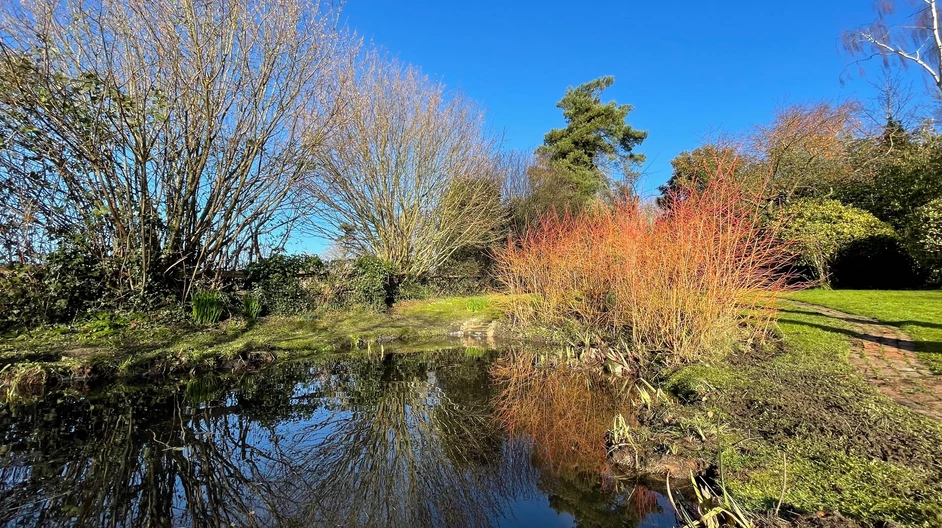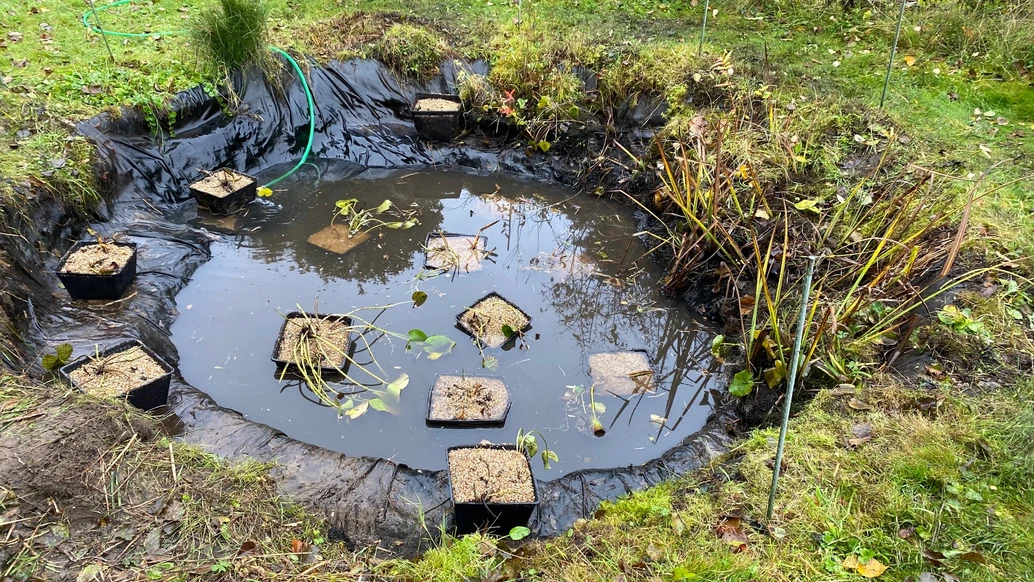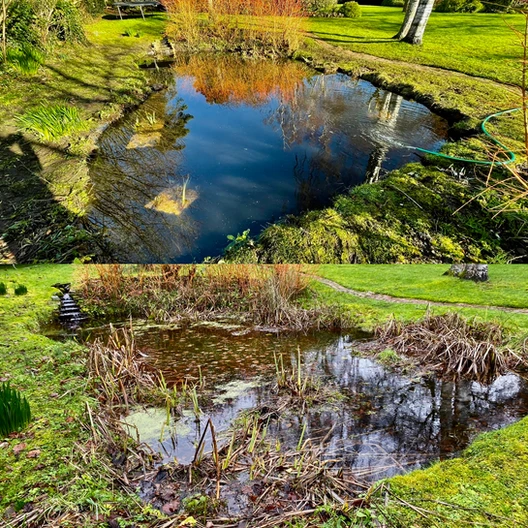Top Autumn Pond Care Tips
- Richard Fulford

- Sep 23, 2022
- 4 min read
Updated: Oct 31, 2022
Find out how to care for your pond in autumn to keep it healthy and looking good.
Autumn is a busy time for pond owners. As the days begin to shorten and cooler temperatures approach, pronounced changes happen in the garden, just like the pond. To help prepare for the freezing weather, a few seasonal tasks must be completed. Along with the changing climate, pond fish, plants, and equipment have individual needs.
Considering that the weather can change quickly, it's best not to start your project before you get everything covered. Here are a few tips on keeping your pond healthy and looking good in autumn and preparing it for the upcoming Winter.
5-step Essential Autumn Pond Care Action Plan
4. Fish Feeding
1. Pond Water Testing
The most important duty for a pond owner throughout the year is to keep the pond water healthy. If the water quality parameters are correct, you provide a healthy pond environment for wildlife, fish and decomposition bacteria. Without suitable water parameters, these beneficial bacteria cannot adequately break-down organic matter, which may have appeared, increasing the risk of fish and wildlife death and algae blooms in the Spring.
Even in the best-filtered ponds' invisible waste products can gradually accumulate. Therefore it is essential to observe your water quality throughout the season. To control the build-up of nutrients such as phosphate and nitrate, it is recommended to perform a series of small water changes over a few weeks to dilute them. However, check your tap water first, as phosphate and nitrate can also be present in tap water too! Phosphate can be effectively removed using a proprietary phosphate-removal compound, which can be administered to the pond.
2. Debris Removal
Autumn is the time of the year for pond plants to die back in readiness for the cooler months. As soon as you notice this is beginning to happen, you should remove yellowing leaves to prevent them from decaying at the bottom of the pond, ultimately adding to excess nutrients, which in turn might stimulate algae and duckweed blooms.
Although large garden ponds may take on a considerable amount of organic waste caused by decaying vegetation in autumn, in smaller ponds may present a risk to fish health if the rotting leaves are not removed. For the same reason, clearing away leaves falling into the pond should be a priority. It might be handy to install a fine nylon net over the surface to make the job easier or invest in a surface skimmer.
3. Plant Protection
As the risk of frost increases, pond owners must take precautions with some of their plants. Any plants in or around the pond that are not fully hardy to withstand the cold should be removed to a safe place or covered in horticultural fleece, as appropriate. By taking these steps, you can ensure that your plants will survive the Winter and be ready to thrive in the Spring. Please remember that frost can damage plants very quickly, so it is essential to take precautions as soon as possible.
4. Fish Feeding
Putting pond fish on a diet is one of the Autumn Pond Care tasks we should be aware of. The fish in the pond will be preparing to over-winter along with the dropping temperatures. To help them with the task, it is a good idea to begin feeding them a lower protein diet.
Although fish won't mind high-protein food, their ability to digest and fully use it decreases as the chilly weather rolls in. A lower protein diet will help the fish store energy and reduce stress as they enter into Winter. As the fish adjust to the colder water temperatures, they will begin to slow down and become less active.
5. Equipment Winterizing
As the plant and fish life in the pond slows, the bacteria in the filter system, which keep the pond healthy throughout the Spring and Summer, do not need to work so hard as the fish are generating less waste. Ultraviolet clarifiers can usually be switched off once the water temperature drops to approximately 8 degrees Celsius, but the pump should be kept running.
Please do not worry about the algae. A colder environment does not aid algae growth.
Leaving the filter pump going is a good practice, but please try to raise it 30-60 cm from the base. This will encourage the fish to rest near the bottom, where the water is a little warmer, while the pump and filter assist in circulating and oxygenating the water in the shallow zone.
Essential Autumn Pond Care Tips - The Key Takeaways
As the leaves begin to change colour and fall, now is the time to start thinking about Autumn Pond Care. It's not a difficult task and only takes a little bit of time, but it's definitely worth it. By testing your pond water, removing debris, giving plants some love, putting fish on a diet and winterising equipment, you can ensure that your pond is ready for the Winter and that your fish are healthy and happy all season long.









Comments